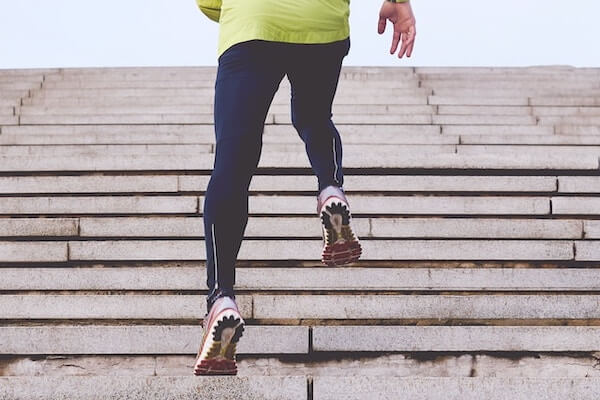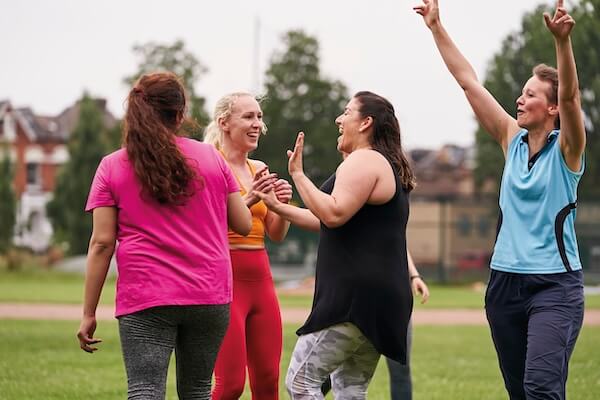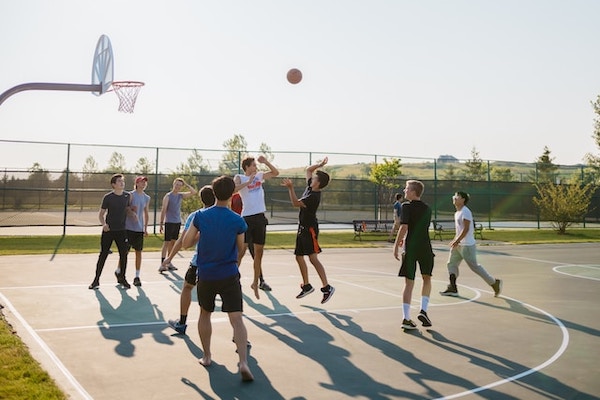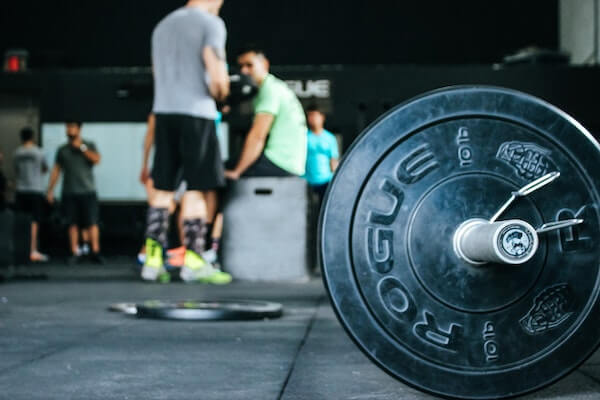
Walking is an excellent form of exercise for both physical and mental well-being. But what if you could make your daily stroll even more effective? Japanese interval walking, also known as the Tabata walking method, is a simple yet powerful technique that can help you get more out of your walks.
This method was developed by Japanese researchers from Shinshu University and is based on a study that followed participants for five months. The study, led by Professor Hiroshi Nose, found that this type of walking can significantly improve fitness and health.
How does Japanese interval walking work?
The concept is simple: alternate between periods of brisk walking and more leisurely walking. The most common approach is a 3-minute cycle:
- Walk briskly for 3 minutes. This means walking at a pace where you're slightly out of breath and it's difficult to hold a conversation.
- Walk at a relaxed pace for 3 minutes. This is your recovery period, allowing your heart rate to come down.
Repeat this cycle for at least 30 minutes, and aim to do it at least four times a week.
What are the benefits?
The study on Japanese interval walking revealed some impressive results. Participants who followed the program for five months experienced:
- Significant improvements in aerobic fitness. The interval nature of the workout challenges your cardiovascular system, leading to better heart health.
- Lowered blood pressure. This is a key benefit for heart health.
- Increased leg and core strength. The periods of brisk walking engage your muscles more effectively than a steady, leisurely walk.
- Reduced weight. While not a magic solution, the increased intensity can help with calorie burning.
Tips for getting started
- Warm up: Begin with a 5-minute easy walk to get your muscles ready.
- Listen to your body: It's okay if you can't go at a super-fast pace during the brisk walking periods. The goal is to challenge yourself, not to injure yourself.
- Use a timer: A simple timer on your phone or a sports watch can help you keep track of your 3-minute intervals.
- Cool down: End your walk with another 5 minutes of easy walking to bring your heart rate down gradually.
This method is a great option for those looking to add a bit more intensity to their routine without committing to high-impact activities. It's accessible, requires no special equipment, and can be done just about anywhere.






